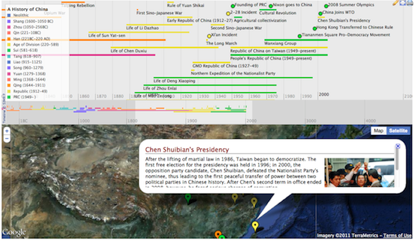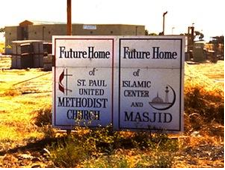Project Report: Excavating the Cultural History of Shanghai
ø
“Shanghai: A Cultural History” excavates the cultural and historical memories of Shanghai. With the goal of rendering legible this city’s multiple layers, the course covers topics such as the Shanghai’s literary and cinematic representations, architecture and urban spaces, rural migrants and foreign expatriates, everyday life and consumer culture, and Shanghai in wartime and under Socialism.

Project goals:
- Creating an online repository of historical maps and other mapping resources for students to reference when doing their own mapping assignments
- Developing simple mapping tools that students can use to create itineraries and time-traveling tours, to geographically reference historical photos, films, and other visual artifacts, and to map scenes from the novels and stories read in class
- Creating English subtitles for the 1964 movie Sentinels Under the Neon Lights and producing a DVD of this film for class use. This film has never been available with English subtitles (and has probably never been taught in any undergraduate course before) and is one of the few resources available to teach the most under-discussed historical period of Shanghai history, the revolutionary years.
Project accomplishments:
- Discovered numerous historical maps of Shanghai in library collections and produced high-resolution electronic scans suitable for use in research, geo-referencing, or importing into more extensive project formats like Google Earth or WorldMap
- Implemented a Google Map on the course website with which the students and instructor could geographically visualize the weekly topics, and which was then exported into Google Earth at the end of the semester as a comprehensive visualization of the material covered over the semester.
- Created English subtitles for the film Sentinels Under the Neon Lights, and produced a high-quality DVD (with menus, chapter markers, and optional subtitle tracks) of the film for class and library use.
Tools and technologies used:
- Course iSites
- Google Maps
- Sublime subtitling software, DVD Studio Pro
Check out the course website to learn more.




